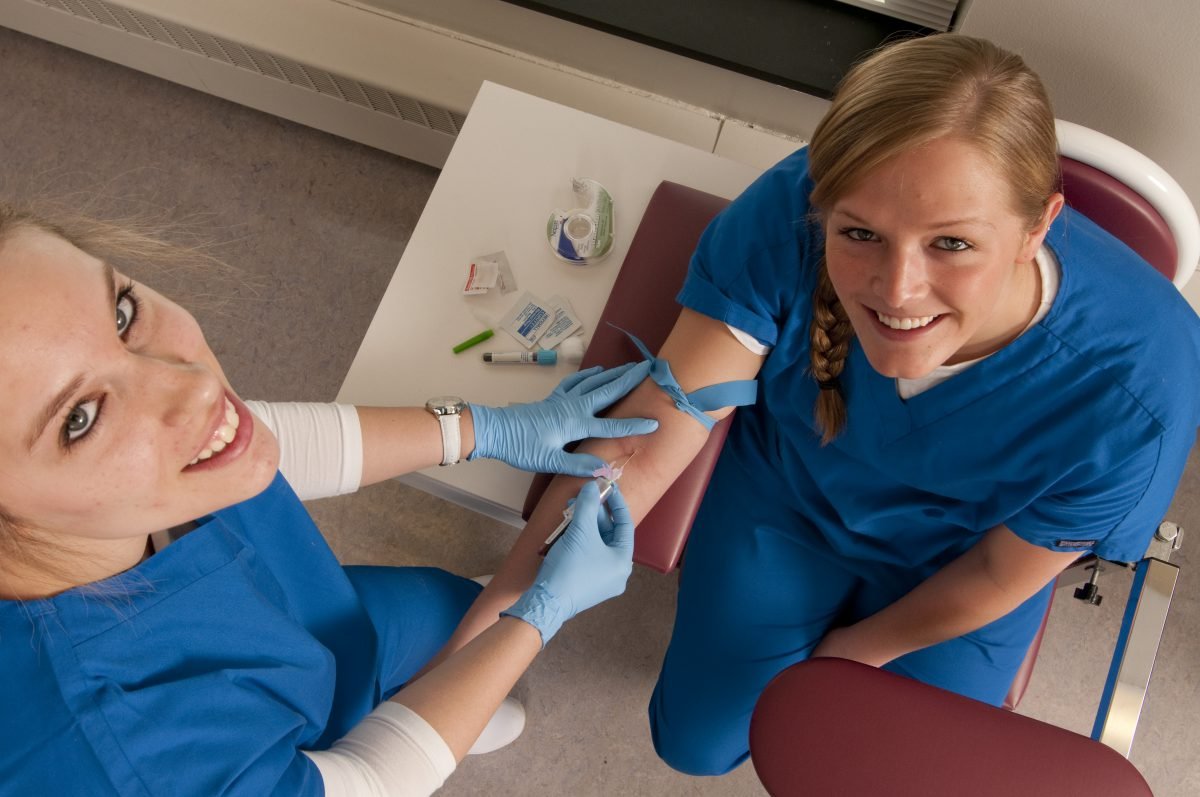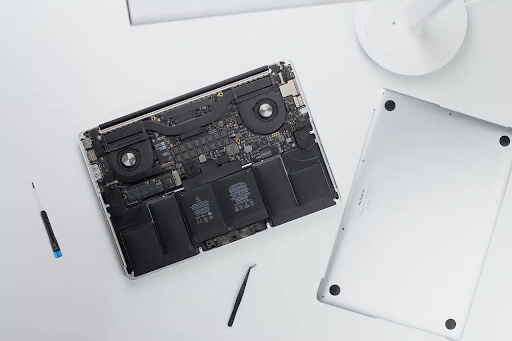
Starting phlebotomy technician classes are the launching pad for most people who want to get into the healthcare field without attending school for years. Phlebotomy technician classes educate students on how to draw blood safely and handle the samples correctly. Whether one is seeking to gain a change of profession or access the medical field for the first time, phlebotomy technician classes are instant training as well as fast-tracked alternatives. The profession is slowly on the rise, and once trained, students are able to secure a secure and rewarding profession in hospitals, clinics, and laboratories.
- Learning the Fundamentals of Phlebotomy: The first part of any phlebotomy education program introduces students to the art of drawing blood. This includes learning about veins, blood flow, and instruments used in a draw. The program establishes what phlebotomy is and how it is an essential element of patient treatment and diagnosis.
- Learning Medical Terminology: Before actually entering practice work, the student should be knowledgeable with the use of medical terminology in the health field. Phlebotomy studies generally include medical terminology classes, especially how it applies to blood work and laboratory tests. This gets students ready to read orders correctly, interpret lab reports, and speak properly with other healthcare workers. Knowledge about the correct terms can also reduce errors in patient care.
- Hands-On Training: Perhaps the most crucial aspect of phlebotomy training is the practice of the actual blood draw. Students practice on simulation arms prior to progressing to live volunteers under the supervision of their instructor. The instructors teach them how to find a vein, how to insert the needle, and label the samples properly. Hand coordination and confidence are established with repeated practice, and both are necessary for success in the real world.
- Legal and Ethical Responsibilities: Besides clinical data, the students are also exposed to patient rights and what they do as medical providers. Issues of consent, confidentiality, and conduct while in medical settings are covered under Phlebotomy courses. This trains the students to value the nature of professionalism and respect in their everyday activities.
- Study of Human Anatomy and Physiology: There is a basic knowledge of the human body that is required in phlebotomy. The course might include an introduction to the circulatory system, but mainly as a way of how the blood moves through the veins. Where the best veins to draw blood should be and what to watch out for in case of complications is taught to the students. A practical knowledge of the body helps the technicians avoid injuries and make quick decisions when necessary.
- Operating Lab Equipment and Software: Healthcare today is highly reliant on technology. Phlebotomy students are taught how to use routine laboratory machines like centrifuges and barcode scanners. They may also be taught how to enter patient data into medical software. These are some skills that guarantee samples are handled correctly and lab results are provided in a timely manner. Accuracy in data entry is a significant component of the job.
- Handling Emergencies and Difficult Draws: Not every blood draw is uneventful. It may be hard to find the vein, or a patient may faint. Phlebotomy training prepares students to handle such events in a calm manner. Teachers teach how to handle a failed attempt at a draw and what to do when a patient shows signs of distress. These teachings make students calm when working under pressure and place the highest priority on patient safety.
- Keeping Accurate Records: Record-keeping is another skill acquired in phlebotomy training. After drawing blood, the technicians have to document the date, time, ID of the patient, and type of test ordered. Wrong recording results in wrong findings or delayed treatment. Double-checking and being well-prepared are emphasized in the course. This becomes a daily practice once employed.
- Building Confidence Through Practice Tests: Certain phlebotomy courses make the student familiar with sitting for certification exams. Mock tests and practice exams enable the student to adjust to the type of questions that will be posed. The exams are all-encompassing, covering anatomy to safety practices. A good score on the last certification exam can improve job prospects and show that the student has mastered skills required.
- Preparation for Real Work Environments: Certain phlebotomy courses provide internships or clinical rotations in which students practice in actual medical environments. This provides them with the opportunity to see professionals at work, communicate with patients, and try their skills outside the class environment. Having a live setting exposes students to what to anticipate after graduation. It also provides a solid foundation for a career beginning in healthcare.
- Support After Completion: Some schools provide assistance with job placement once the class is complete. They might give interview preparation, resume assistance, or refer students to area clinics. This additional assistance can be helpful for new practitioners who have no idea where to begin. Career guidance can simplify the transition from school to clinic and reduce anxiety.
Conclusion
Pursuing a phlebotomy course in uae is an intelligent decision for anybody interested in launching a healthcare career instantly. Phlebotomy courses offer uncomplicated and straightforward education within a brief duration, from blood drawing to handling patient information. This career path offers new job opportunities with increasing demand for medical staff at hospitals and laboratories, as well as additional career advancement in the medical sector.





